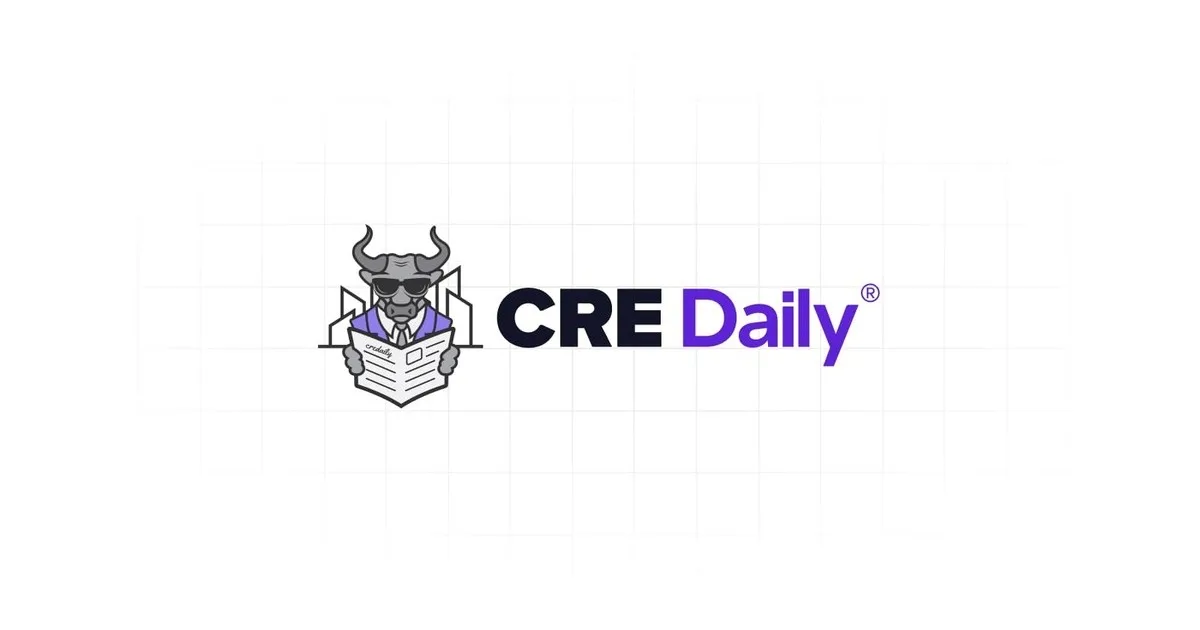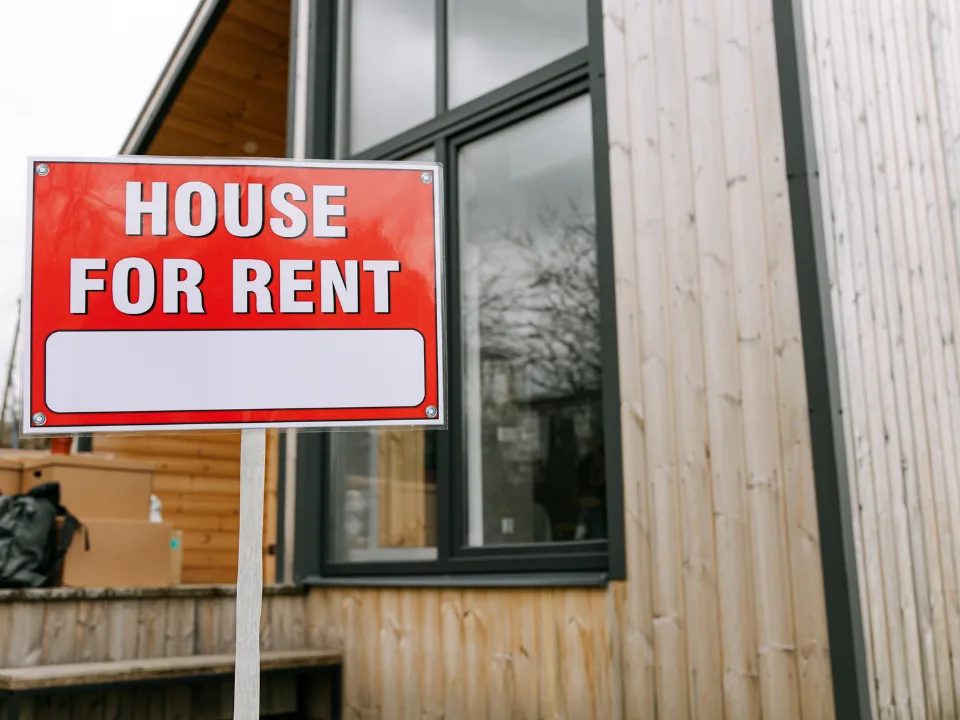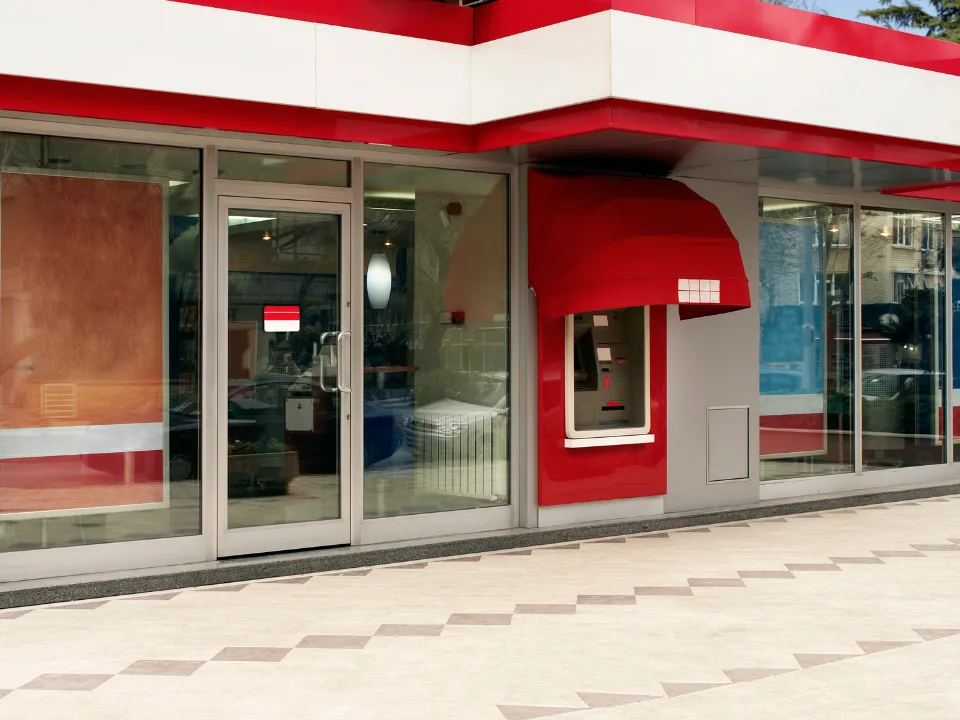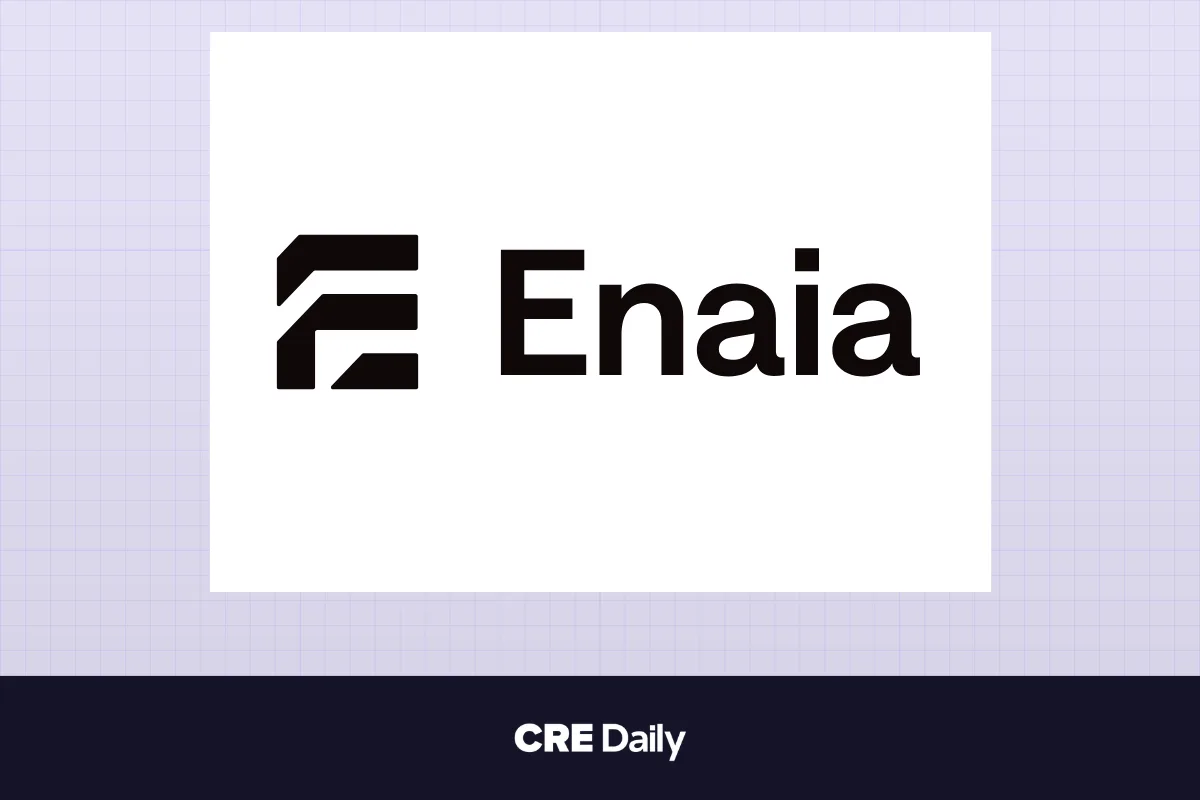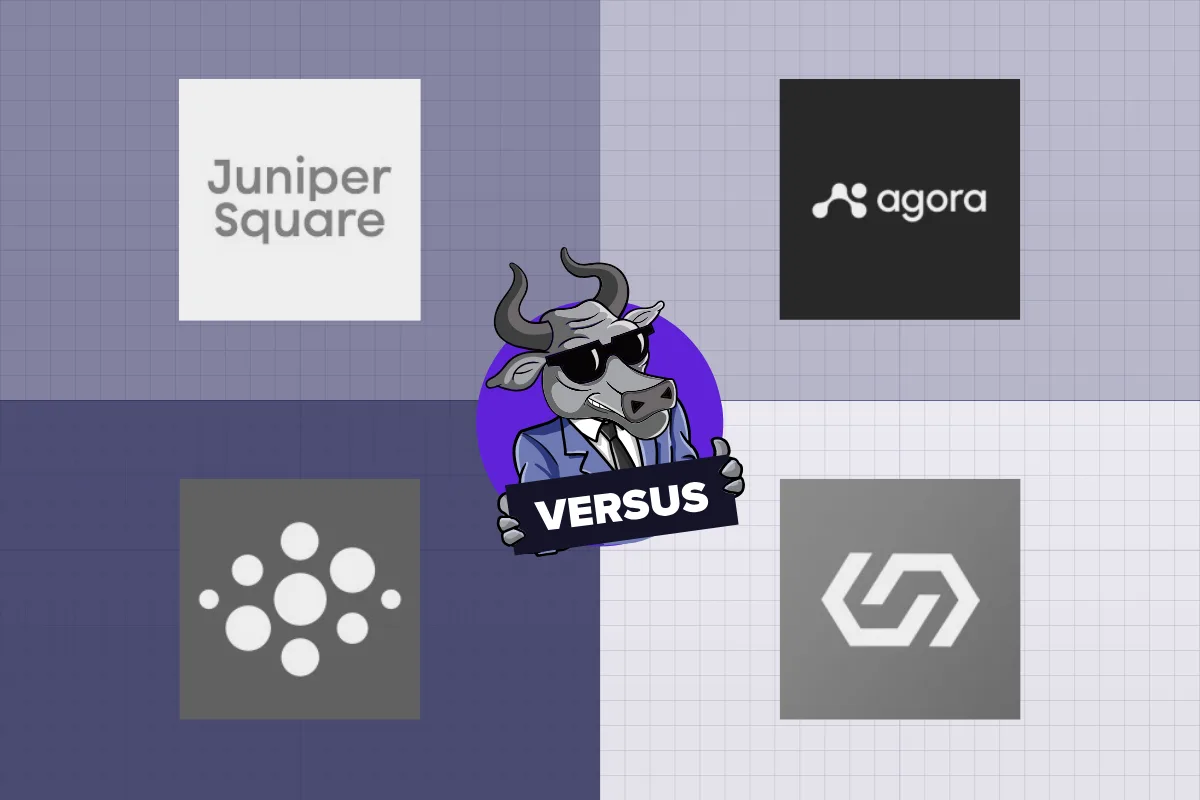:root {–wt-primary-color: #5f22d8;–wt-text-on-primary-color: #FFFFFF;–wt-secondary-color: #F9FAFB;–wt-text-on-secondary-color: #030712;–wt-tertiary-color: #FFFFFF;–wt-text-on-tertiary-color: #222222;–wt-background-color: #FFFFFF;–wt-text-on-background-color: #222222;–wt-subscribe-background-color: #ffffff;–wt-text-on-subscribe-background-color: #222222;–wt-header-font: “Helvetica”, ui-sans-serif, system-ui, -apple-system, BlinkMacSystemFont, “Segoe UI”, Roboto,”Helvetica Neue”, Arial, “Noto Sans”, sans-serif, “Apple Color Emoji”, “Segoe UI Emoji”, “Segoe UI Symbol”, “Noto Color Emoji”;–wt-body-font: “Open Sans”, ui-sans-serif, system-ui, -apple-system, BlinkMacSystemFont, “Segoe UI”, Roboto, “Helvetica Neue”, Arial, “Noto Sans”, sans-serif, “Apple Color Emoji”, “Segoe UI Emoji”, “Segoe UI Symbol”, “Noto Color Emoji”;–wt-button-font: “Open Sans”, ui-sans-serif, system-ui, -apple-system, BlinkMacSystemFont, “Segoe UI”, Roboto, “Helvetica Neue”, Arial, “Noto Sans”, sans-serif, “Apple Color Emoji”, “Segoe UI Emoji”, “Segoe UI Symbol”, “Noto Color Emoji”;–wt-border-radius: 8px}.bg-wt-primary { background-color: var(–wt-primary-color); }.text-wt-primary { color: var(–wt-primary-color); }.border-wt-primary { border-color: var(–wt-primary-color); }.bg-wt-text-on-primary { background-color: var(–wt-text-on-primary-color); }.text-wt-text-on-primary { color: var(–wt-text-on-primary-color); }.border-wt-text-on-primary { border-color: var(–wt-text-on-primary-color); }.bg-wt-secondary { background-color: var(–wt-secondary-color); }.text-wt-secondary { color: var(–wt-secondary-color); }.border-wt-secondary { border-color: var(–wt-secondary-color); }.bg-wt-text-on-secondary { background-color: var(–wt-text-on-secondary-color); }.text-wt-text-on-secondary { color: var(–wt-text-on-secondary-color); }.border-wt-text-on-secondary { border-color: var(–wt-text-on-secondary-color); }.bg-wt-tertiary { background-color: var(–wt-tertiary-color); }.text-wt-tertiary { color: var(–wt-tertiary-color); }.border-wt-tertiary { border-color: var(–wt-tertiary-color); }.bg-wt-text-on-tertiary { background-color: var(–wt-text-on-tertiary-color); }.text-wt-text-on-tertiary { color: var(–wt-text-on-tertiary-color); }.border-wt-text-on-tertiary { border-color: var(–wt-text-on-tertiary-color); }.bg-wt-background { background-color: var(–wt-background-color); }.text-wt-background { color: var(–wt-background-color); }.border-wt-background { border-color: var(–wt-background-color); }.bg-wt-text-on-background { background-color: var(–wt-text-on-background-color); }.text-wt-text-on-background { color: var(–wt-text-on-background-color); }.border-wt-text-on-background { border-color: var(–wt-text-on-background-color); }.bg-wt-subscribe-background { background-color: var(–wt-subscribe-background-color); }.text-wt-subscribe-background { color: var(–wt-subscribe-background-color); }.border-wt-subscribe-background { border-color: var(–wt-subscribe-background-color); }.bg-wt-text-on-subscribe-background { background-color: var(–wt-text-on-subscribe-background-color); }.text-wt-text-on-subscribe-background { color: var(–wt-text-on-subscribe-background-color); }.border-wt-text-on-subscribe-background { border-color: var(–wt-text-on-subscribe-background-color); }.rounded-wt { border-radius: var(–wt-border-radius); }.wt-header-font { font-family: var(–wt-header-font); }.wt-body-font { font-family: var(–wt-body-font); }.wt-button-font { font-family: var(–wt-button-font); }input:focus { –tw-ring-color: transparent !important; }li a { word-break: break-word; }@media only screen and (max-width:667px) {.mob-stack {display: block !important;width: 100% !important;}.mob-w-full {width: 100% !important;}}@font-face {font-family: ‘Open Sans’;font-style: normal;font-weight: 400;src: url(‘https://fonts.gstatic.com/s/opensans/v28/memvYaGs126MiZpBA-UvWbX2vVnXBbObj2OVTS-mu0SC55I.woff2’) format(‘woff2’);}@font-face {font-family: ‘Open Sans’;font-style: normal;font-weight: 700;src: url(‘https://fonts.gstatic.com/s/opensans/v28/memvYaGs126MiZpBA-UvWbX2vVnXBbObj2OVTS-mu0SC55I.woff2’) format(‘woff2’);}@font-face {font-family: ‘Open Sans’;font-style: italic;font-weight: 400;src: url(‘https://fonts.gstatic.com/s/opensans/v28/memtYaGs126MiZpBA-UFUIcVXSCEkx2cmqvXlWqWuU6FxZCJgg.woff2’) format(‘woff2’);}@font-face {font-family: ‘Open Sans’;font-style: italic;font-weight: 700;src: url(‘https://fonts.gstatic.com/s/opensans/v28/memtYaGs126MiZpBA-UFUIcVXSCEkx2cmqvXlWqWuU6FxZCJgg.woff2’) format(‘woff2′);}.table-base, .table-c, .table-h { border: 1px solid #C0C0C0; }.table-c { padding:5px; background-color:#FFFFFF; }.table-c p { color: #2D2D2D; font-family:’Helvetica’,Arial,sans-serif !important; overflow-wrap: break-word; }.table-h { padding:5px; background-color:#F1F1F1; }.table-h p { color: #2A2A2A; font-family:’Trebuchet MS’,’Lucida Grande’,Tahoma,sans-serif !important; overflow-wrap: break-word; }

p span[style*=”font-size”] { line-height: 1.6; }
Good morning. In today’s email: U.S. apartment prices record a quarterly decline for the first time since the pandemic, reflecting a broader real estate cooldown nationwide. Abu Dhabi’s nearly $1T sovereign wealth fund plans to increase North American real estate investments next year, and other Gulf funds are following suit. Meanwhile, as publicly traded REIT values decline, private, non-traded REITs keep growing…but for how long?
⚡ Want to share the CRE Daily? Invite your friends to sign up here.
p span[style*=”font-size”] { line-height: 1.6; }
🎧 Podcast of the Day: A little over a decade ago, Scott Everett was a teenage father and community college dropout waiting tables. Since then, his company has acquired over $6B of multifamily assets that generate $350M in revenue annually with over 600 employees. In this episode of The Fort with Chris Powers, Scott shares how he went from 0 to 40,000 multifamily units by 32 years old.
MULTIFAMILY
Quarterly Apartment Prices Drop for First Time Since Start of Pandemic
p span[style*=”font-size”] { line-height: 1.6; }
For the first time since 2020, U.S. apartment prices dropped, according to CoStar data. Price gains in other CRE sectors have slowed down as well.
p span[style*=”font-size”] { line-height: 1.6; }
First drop in some time: CoStar’s Multifamily Index dipped 0.5% in Q3—not exactly a catastrophe, but certainly noteworthy as it’s the first quarterly decline since Q1 2020. New multifamily supply has also outpaced demand for the past three quarters, pushing national vacancy rates up to 5.4%.
p span[style*=”font-size”] { line-height: 1.6; }
Cooling momentum: Apartments weren’t the only CRE type to indicate a cooling market. Industrial properties also slowed down, growing 1.9% in Q3 compared to 5.3% in Q2. CoStar’s Retail Index rose just 0.9% compared to 2.3% last quarter, while the Hospitality Index barely eked out a 0.3% gain compared to 5.1% in Q2. Meanwhile, distressed property transactions rose 2.7%, the highest quarterly gain since Q4 2020.
THE TAKEAWAY
p span[style*=”font-size”] { line-height: 1.6; }
A broader trend: “Hybrid work arrangements continue to weigh on office price growth,” said Christine Cooper, chief U.S. economist for CoStar. “Investors have become far more selective as interest rate increases have increased the cost of money.” Overall CRE transaction volumes also fell 27.3% in Q3 to $43.9B, down from $60.3B in Q2.
FOREIGN INVESTMENT
Abu Dhabi’s Biggest Wealth Fund Is Pushing Deeper Into the US, Real Estate
p span[style*=”font-size”] { line-height: 1.6; }
The Abu Dhabi Investment Authority (ADIA), the biggest sovereign wealth fund in the Gulf, is investing heavily in North American real estate and plans to increase allocations going forward.
p span[style*=”font-size”] { line-height: 1.6; }
Flush with cash: Set up in 1976 to manage the surplus of oil revenues in Abu Dhabi, ADIA is by far the largest sovereign wealth fund in the Persian Gul with $829B in assets under management. The sovereign wealth fund reported 7.3% 20-year annualized returns as of December 2021, and has raised its target allocation range for North American real estate to 45–60%, expecting an active market in 2023 and beyond.
p span[style*=”font-size”] { line-height: 1.6; }
Upping the ante: According to Hamed bin Zayed Al Nahyan, ADIA’s managing director, ADIA has repositioned its portfolio to “capitalize on emerging trends, including opportunities arising from different government responses to the pandemic.” To allocate more money to U.S. real estate, the fund is dialing down developed Asia investments from 5–15% to 5–10% instead.
THE TAKEAWAY
p span[style*=”font-size”] { line-height: 1.6; }
Follow the money: As the largest sovereign wealth fund in the Persian Gulf, ADIA’s AUM ($829B) is trailed by the Kuwait Investment Authority ($769B) and Saudi Arabia’s Public Investment Fund ($620B). Naturally, as the biggest shark in the Gulf, whenever ADIA makes big moves, other funds are likely to follow suit. Saudi Arabia’s Public Investment Fund, for example, has also increased its U.S. exposure.
CAPITAL MARKETS
As Public REITs Drop in Value, Private REITs Keep Rising. Which Is Right?
p span[style*=”font-size”] { line-height: 1.6; }
The MSCI US REIT Index, which tracks the performance of publicly traded REITs, is down 26% in 2022, including dividends. Yet private, nontraded REITs are up 10% this year. What gives?
p span[style*=”font-size”] { line-height: 1.6; }
Efficient market hypothesis: Zooming out, the difference in valuations isn’t too hard to understand. Publicly traded REITs are scrutinized ad nauseum and raise money by selling shares. Private REITs, on the other hand, raise money by raising money—usually from institutional investors, who have been happy to invest $92B over the past 5 years.
p span[style*=”font-size”] { line-height: 1.6; }
Balancing on a knife’s edge: While private REITs have been cash cows for asset managers like Blackstone (BX), which raised $62B for its Blackstone Real Estate Income Trust (BREIT), cracks are starting to show. Institutional investors have increasingly sold their interests in private REITs this year on the secondary market, sometimes for 10% below net asset values from Q3.
THE TAKEAWAY
p span[style*=”font-size”] { line-height: 1.6; }
Hedging bets either way: Some industry observers believe private REITs base their valuations on lagging indicators and may not be up to date with the times. Private REITs obviously argue their numbers are accurate and regularly updated. Whatever the case, recent secondary market sales indicate “anticipation of potential future drops in value,” said Phil Barker of ACRE Solutions LLC. In Q3 alone, Blackstone investors withdrew $3B from BREIT, compared to just $711M in Q1.
📰 Editors’ Picks
-
Cautious optimism: According to PwC’s latest Emerging Trends report, cautiously optimistic real estate investors are shifting to longer-term strategies to ride out the coming slowdown.
-
Multifamily management: JPMorgan Chase is launching a digital CRE management platform to help multifamily property owners and operators simplify and streamline the management of their portfolios.
-
End of an era: The last remnant of Sears, Seritage Growth Partners, is getting ready for a liquidation sale of its remaining properties before returning proceeds to shareholders.
-
Pricey downsizing: Meta (META) is so eager to build its NYC campus near Penn Station that it will spend nearly $3B in 2023 to reduce its global office footprint elsewhere.
-
Layoff season: CBRE Group (CBRE) will cut $400M in planned spending over the next 6 months, mostly via layoffs, as capital markets cool down.
-
Next NY governor: The powerful NY real estate industry looks like its throwing its support behind Republican candidate Lee Zeldin, who is gaining in polls on incumbent Kathy Hochul.
-
Twitter office tour: New head honcho Elon Musk wants to reduce Twitter’s office footprint, and is trying to offload recent leases nationwide to perhaps consolidate power in Austin, TX.
🤝 Deals & Dealmakers
-
As they do in Rome: Italian eatery chain Eataly is expanding into downtown Manhattan with an 18K SF lease at Brookfield Properties’ (BPYPP) 200 Lafayette Street.
-
More golf never hurt anyone: Former President Donald Trump just received approval from Doral, FL, to build a 2,209-unit condo complex near the Trump National golf course.
-
Sunshine State development: Alta Development just closed on a Miami development site for $15M, where it plans to build a 38-story property.
-
Loan of the day: Extell Development just landed a $425M construction loan for an Upper East Side medical tower, which is already partially pre-leased to the Hospital for Special Surgery.
-
M&A of the day: Built Technologies, which specializes in software for real estate lenders, acquired Nativ, a CRE deal management platform, for an undisclosed amount.
📈 CHART OF THE DAY

💼 JOB BOARD
The CRE Daily Hiring Block
p span[style*=”font-size”] { line-height: 1.6; }
Looking for a new role? Or need to find top talent? The CRE Daily Hiring Block is a unique alliance of real estate professionals that connects talent and employers.
-
Real Estate and Development Director (Slingshot Partners)
-
Daily Writer (CRE Daily)
-
Investment Associate (Greysteel)
-
TPG Real Estate Finance, Analyst (TPG Real Estate)
What did you think of today’s newsletter? |
p span[style*=”font-size”] { line-height: 1.6; }
DISCLAIMER: None of this is financial advice. This newsletter is strictly educational and is not investment advice or a solicitation to buy or sell any assets or to make any financial decisions. Please be careful and do your own research.

